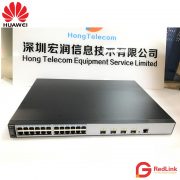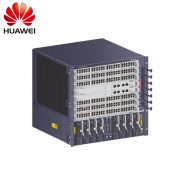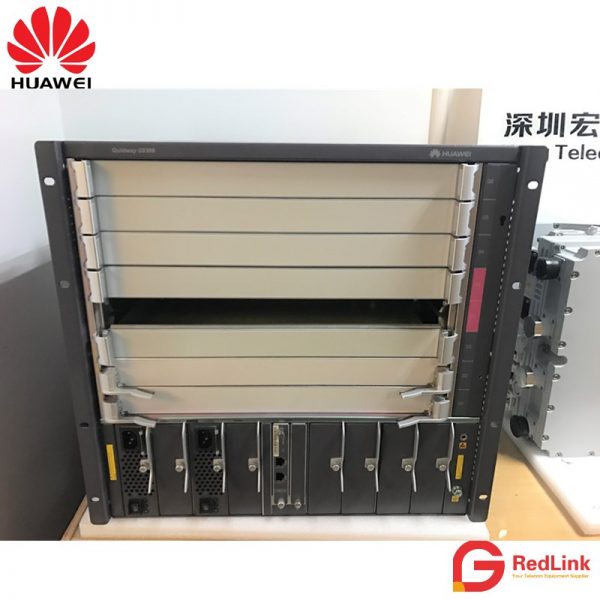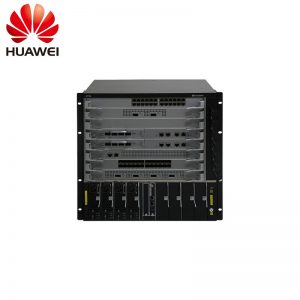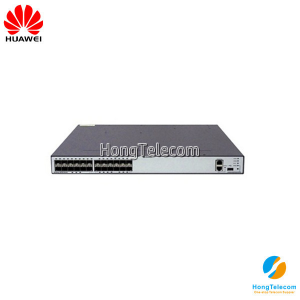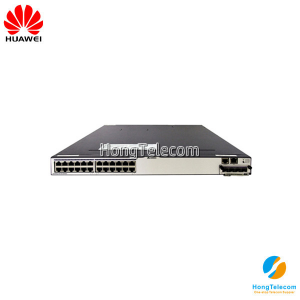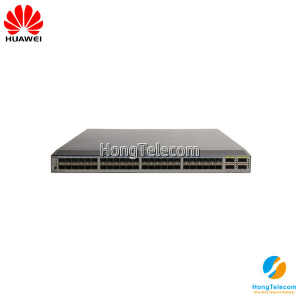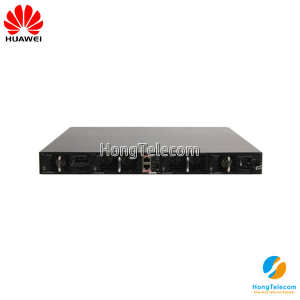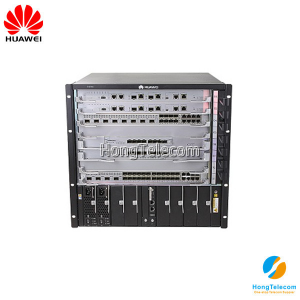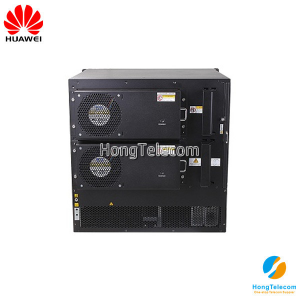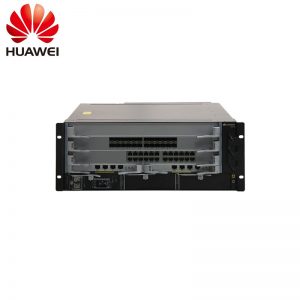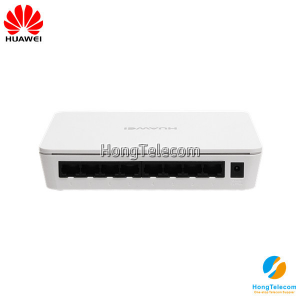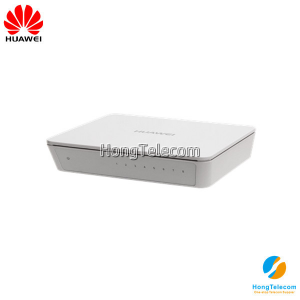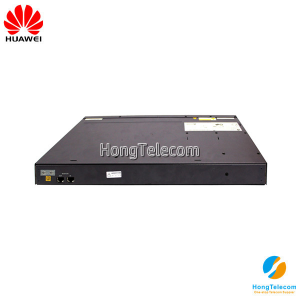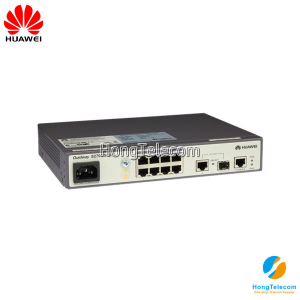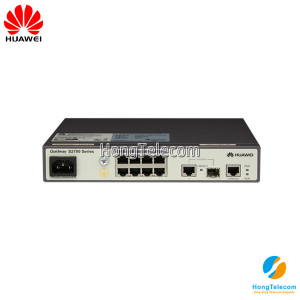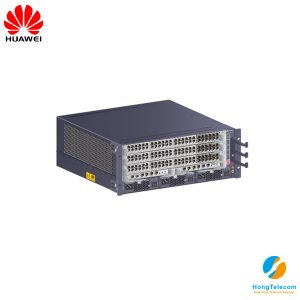Huawei Quidway S9306 Switch
$4,900.00 $3,200.00
Brand: Huawei
Model: Quidway S9306
Detail: Huawei Quidway S9306 Switch
Condition: 100% New
Availability: IN STOCK
- Description
- Features
- Ordering information
- Inquiry
Appearance
Huawei S9306 Switch
Product Overview
Huawei S9300 series (S9300 for short) terabit routing switches are next-generation high-end smart switches tailored for multiservice networks. The S9300 uses Huawei’s intelligent multilayer switching concept to provide high-performance L2/L3 switching services as well as rich network applications such as High-Definition (HD) video, elastic cloud computing, hardware IPv6, unified security, and H-QoS. Secure, reliable, and scalable, and providing converged, end-to-end routing and switching functions, the S9300 switches are widely used in Wide Area Networks (WANs), Metropolitan Area Networks (MANs), and data centers to help carriers build application-centric networks. The S9300 is available in three models: S9303, S9306, and S9312. All S9300 models use interchangeable modules and components for inexpensive switching capacity and port expansion. In addition, S9300 models use innovative energy saving technologies that greatly reduce energy consumption and noise without compromising performance or stability. An S9300 running a system software version of V2R5C00 or later can be upgraded to an agile switch by using an X1E card, which is equipped with the first Ethernet Network Processor (ENP) of Huawei.
Similar products: S9303 S9306 PoE S9312 S9312 PoE
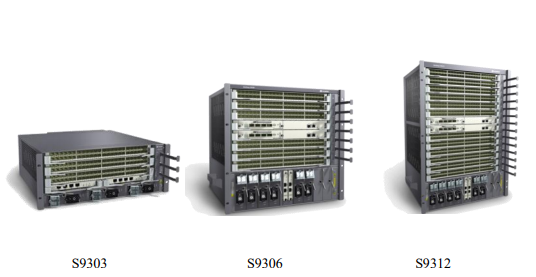

Product Features
Agile Switch, Enabling Networks to Be More Agile for Services
The high-speed ENP is tailored for Ethernet networks. The ENP's flexible packet processing and traffic control capabilities can meet current and future service requirements and help build a highly scalable network. The ENP has a fully programmable architecture, in which customers can define their own forwarding models, forwarding behaviors, and lookup algorithms. Microcode programmability enables new services to be provisioned within six months, without the need of replacing the hardware. In contrast, with traditional ASIC chips, new services cannot be provisioned until new hardware is developed to support the services, which may take 1 to 3 years, because ASIC chips use a fixed forwarding architecture and follow a fixed forwarding process.
By using an X1E board, the S9300 supports the unified user management function to authenticate both wired and wireless users, ensuring a consistent user experience regardless of whether they use wired or wireless access devices to connect to the network. The unified user management function supports various authentication methods, including 802.1x, MAC, and Portal authentications, and is capable of managing users based on user groups, domains, and time ranges. This function visualizes user and service management and enables the transformation from device-centric management to user-centric management
The X1E board supports the Packet Conservation Algorithm for Internet (iPCA) function, which changes the traditional method of using simulated traffic for fault location. iPCA technology can monitor network quality for any service flow at any network node, at any time, and without extra costs. It can detect temporary service interruptions in a very short time and precisely identify faulty ports. This cutting-edge fault detection technology turns "extensive management" to "fine granular management."
Innovative CSS Technology
S9300 switches can set up a clustering switch system (CSS) through cluster cards or service ports. The CSS provides industry-leading 256 Gbps inter-chassis bandwidth due to Huawei's novel approach of using the switching fabric clustering technology in CSS. Member switches can be connected through the service ports on LPUs. These service ports can be configured as stack member ports and added to a logical stack port to enable connection through SFP+ optical modules and fibers, or direct connection through SFP+ stack cables. Virtualization technology improves link use efficiency and prevents single-point failures through inter-chassis link aggregation.
The S9300 uses route hot backup technology to back up and uninterruptedly forward all data of the control and data planes at Layer 3. This technology significantly improves reliability and performance of the S9300. The inter-chassis links in a CSS can be bundled to improve link use efficiency and eliminate single-point failures.
The S9300 can use common service ports as cluster ports, and member switches can be connected through optical fibers. This increases the permitted distance between switches in the CSS.
All member switches in a CSS are managed through a single IP address, which simplifies network device and topology management, improves network operation efficiency, and reduces maintenance costs.
Carrier-Class Reliability
The S9300's key components, such as MPUs, power supplies, and fans trays, use a redundant design, and all modules are hot swappable to ensure stable network running
The S9300 supports 3.3 ms hardware-based BFD for static routes and routing protocols such as RIP, OSPF, BGP, IS-IS, VRRP, PIM, and MPLS. Hardware-based BFD significantly improves network reliability
The S9300 supports hardware-based Ethernet OAM in compliance with IEEE 802.3ah, 802.1ag, and ITU-Y. 1731. Hardware-based Ethernet OAM can collect precise network parameters, such as transmission latency and jitter, to help customers monitor network operating status in real time and to realize fast fault detection, location, and failover.
The S9300 supports Graceful Restart (GR) technology to implement nonstop forwarding (NSF) and ensure reliable and high-speed operation of the entire network.
Powerful Service Processing Capabilities
The S9300 provides high-density 10GE ports and provide 2 x 100GE line card, Each S9312 chassis can provide a maximum of 480 x 10GE ports and 24 x 100GE ports, meeting the requirements of bandwidth-consuming applications, such as multimedia conferencing and data access.
Based on a multi-service routing and switching platform, the S9300 provides wireless access, voice, video, and data services for network access, aggregation, and core layers, helping customers build a highly reliable, low-latency, and multi-service network.
The S9300 supports distributed MPLS L2/L3VPN functions including MPLS, virtual private LAN service (VPLS), hierarchical VPLS (HVPLS), and virtual leased line (VLL), to provide secure access for VPN users.
The S9300 supports comprehensive Layer 2 and Layer 3 multicast protocols, including Protocol Independent Multicast Sparse Mode (PIM SM), PIM Dense Mode (DM), PIM Source-Specific Multicast (SSM), Multicast Listener Discovery (MLD), and Internet Group Management Protocol (IGMP) snooping, to ensure high-quality HD video surveillance and video conferencing services.
The S9300 supports multi-service virtualization technology to provide value-added service (VAS) solutions for campus networks. This technology virtualizes the VAS capabilities, such as firewall (FW), antivirus engine (AVE), and application security gateway (ASG), so that the network entities, such as switches, routers, ACs, APs, and terminals, can use these virtualized capabilities without the restriction of physical locations.
The software platform where the S9300 runs supports various routing protocols (including IPv6) to meet carriers' network requirements and allows carriers to smoothly upgrade their networks to IPv6.
Various Network Traffic Analysis Functions
The S9300 supports NetStream, including V5/V8/V9 versions. The NetStream features involve aggregation traffic template, real-time traffic sampling, dynamic report generation, traffic attribute analysis, and traffic exception alarms. The S9300 sends traffic statistics logs to master and backup servers simultaneously to avoid data loss. NetStream helps monitor the operating status and traffic model on the entire network. It also provides fault pre-detection, effective fault rectification, fast problem handling, and security monitoring capabilities to help customers optimize network structure and adjust service deployment.
Comprehensive Security Measures
NGFW is a next-generation firewall card installed on an S9300. In addition to the traditional defense functions, such as identity authentication and Anti-DDoS, the NGFW supports IPS, anti-spam, web security, and application control functions.
The S9300 provides comprehensive network admission control (NAC) solutions, involving MAC, 802.1x, and Portal authentications as well as authentication triggered by DHCP snooping. These authentication methods ensure the security of various access users, such as dumb terminals, mobile users, and users allocated dynamic IP addresses.
The S9300 supports a two-level CPU protection mechanism, which supports 1K CPU hardware queues and separates the data plane from the control plane, to help minimize threats of DoS attacks, unauthorized access, and control plane overloading. With this mechanism, the S9300 offers an industry-leading integrated security solution.
Comprehensive IPv6 Solution
The S9300 software and hardware platforms support IPv6. The Ministry of Industry and Information Technology (MIIT) has certified the S9300 as IPv6 network-access compliant and has awarded IPv6 Ready Logo Phase 2 certification.
The S9300 supports IPv6 routing protocols such as RIPng, OSPFv3, IS-ISv6, as well as IPv6 static routes, and supports BGP4+, MLD v1/v2, MLD snooping, PIM-SM/DMv6, and PIM-SSMv6.
The S9300 supports various IPv4-to-IPv6 technologies to ensure seamless network migration. The technologies include IPv6 manual tunnel, 6to4 tunnel, Intra-site Automatic Tunnel Addressing Protocol (ISATAP) tunnel, Generic Routing Encapsulation (GRE) tunnel, and IPv4-compatible automatic tunnel.
Innovative Energy Saving Design
The S9300 uses a rotating ventilation channel to improve heat dissipation efficiency and a variable-current chip to dynamically adjust power according to traffic volume. These technologies reduce power consumption of the entire chassis by 11%. The S9300 supports port sleeping. Idle ports enter the sleeping state to reduce power consumption.
The S9300 supports intelligent fan-speed adjustment, in which fans are grouped into multiple zones and fan speed in each zone is adjusted individually based on service loads. This technology lowers power consumption, reduces noise, and extends the service life of fans.
The S9300 supports Energy Efficient Ethernet (EEE) in compliance with IEEE 802.3az. Transceivers on line cards can quickly transition to the lower power idle state to reduce power consumption when no traffic is being transmitted.
Product Specifications
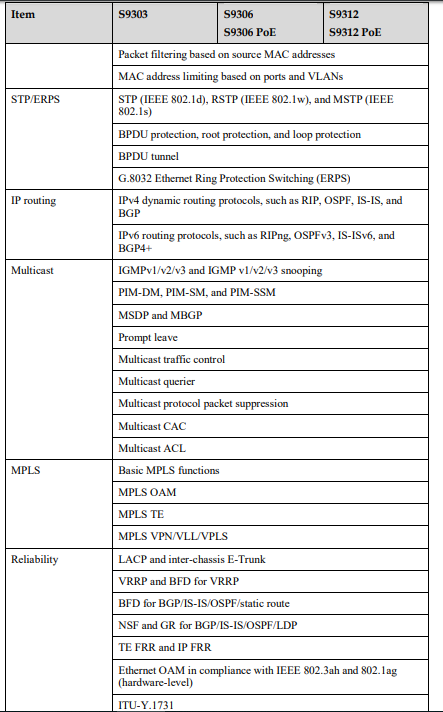
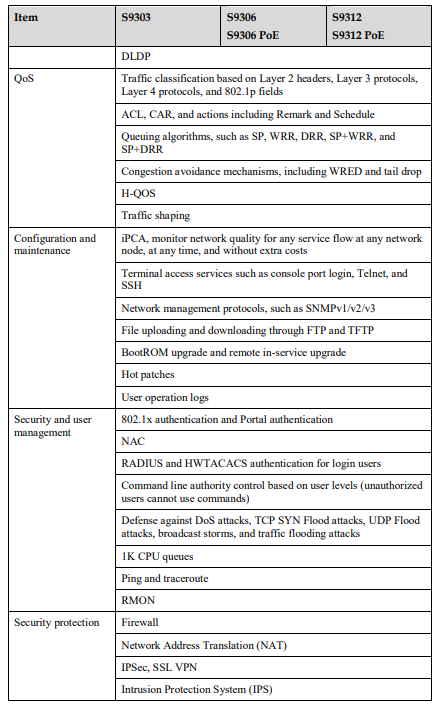
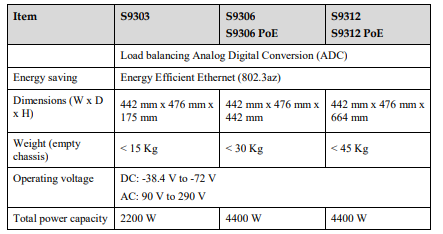
Applications
Applications in Carriers' MANs
The S9300 provides carrier-class reliability, security, and manageability. By converging DSLAM, LAN, and enterprise access services, the S9300 provides large-capacity switching and high-density 10G interfaces. At the convergence layer, the interface rate can be smoothly upgraded from 10GE to 40GE/100GE, meeting the increasing bandwidth requirements of ISP networks. The S9300 supports features such as RRPP, Ethernet OAM, VRRP, and MPLS L2/L3VPN, and satisfies the requirements for IPTV, high speed Internet (HSI), and enterprise leased lines.
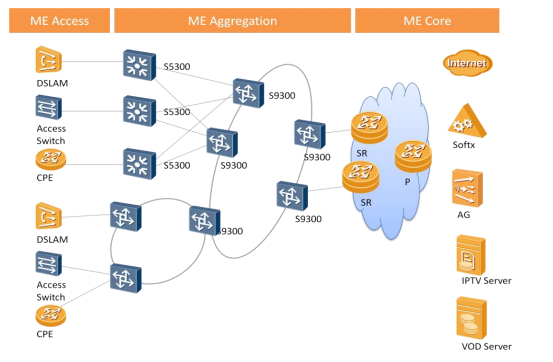
Applications in Large-Scale Data Centers
The S9300 switches function as high-density 10G core and aggregation nodes in large-scale data centers, helping enterprises build highly reliable, non-blocking, and virtualized data center networks. The S9300 switches use various technologies, including IP FRR, hardware-level BFD, NSF, VRRP, and E-Trunk, to ensure uninterrupted services. In addition, the S9300 switches support the CSS function to improve network IT efficiency and reduce network maintenance costs.
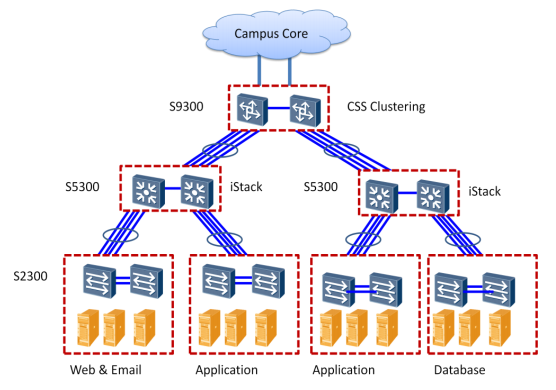
Model: Quidway S9306
Detail: Huawei Quidway S9306 Switch
Condition: 100% New
Availability: IN STOCK

